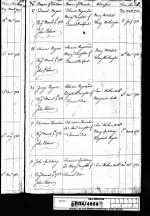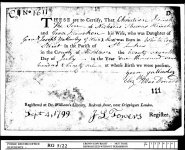James Jobling
Well-known member

I have trawled through Rey 1872 (see #37) and, as suspected, found that it is full of spelling errors. Happily, most of them can be resolved by reference to the author names supplied by Rey. The generic misspellings have found their way into the Key, as have some 'new' specific names and various gross mistakes. I have not included variant eponyms (i.e. ending -ii instead of -i, and vice versa) and obvious erreurs de frappe. So you may now freely check yet more names in the Key (and even more after I return from Tring).









